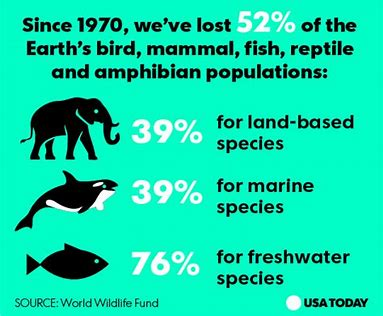
The chapter,
Welcome To The Anthropocene, starts off by describing how many people attempt to perceive unfamiliar information through the lenses of trying to fit it into a familiar framework. In fact, data that would oppose a widespread belief would be discounted for, making it even more difficult for science to change and advance overtime. It took a long time for people to accept the theory of extinction and the theory of evolution because of the controversy and disagreements between scientists. If it were not for Galileo going against the status quo of the church, we would still believe in the geocentric theory: all the planets revolve around the Earth. This idea parallels what I learned in Syracuse University because Professor Mangram would always tell us that much of the information that we are taught are regarded as “natural facts” that tend to not be opposed because we are so used to following them in our daily lives. Even though he was speaking about this in terms of racism and white superiority, this connects to science because so many people would believe that there was no life before humans, that when the theory of extinction was brought up, they believed that it was absurd.

Lyell and Darwin are renowned scientists that contributed breakthroughs to our understanding of science today. They both agreed that extinction occurred because of the “struggle for life” (Kolbert, 94) between organisms; however, their idea that this was a “natural fact” was opposed by the existence of catastrophes. This happens when an organism is unprepared and unable to adapt to changes in their environment, causing their inability to survive, and resulting in extinction. In the event of a catastrophe, only a handful of a particular species survives, which is what happened to the graptolites. Furthermore, because the occurrence of unfortunate events leading to mass extinctions were supported, this made scientists think that “... theory of mass extinction… seemed reasonable to expect that impacts had caused all of them.” (Kolbert, 101) In other words, all of the five discovered mass extinction must have been a result of several catastrophes. Scientists believed this was the most reasonable explanation for the extinction of a plethora of species at a given moment. However, this brings up some level of controversy within the contemporary science field because humans are now causing climate change, which in turn leads to many consequences, such as rising sea levels and the destruction of habitats over a period of time. What if the current sixth extinction “catastrophe” is the existence of humans? USA Today states so…
No comments:
Post a Comment